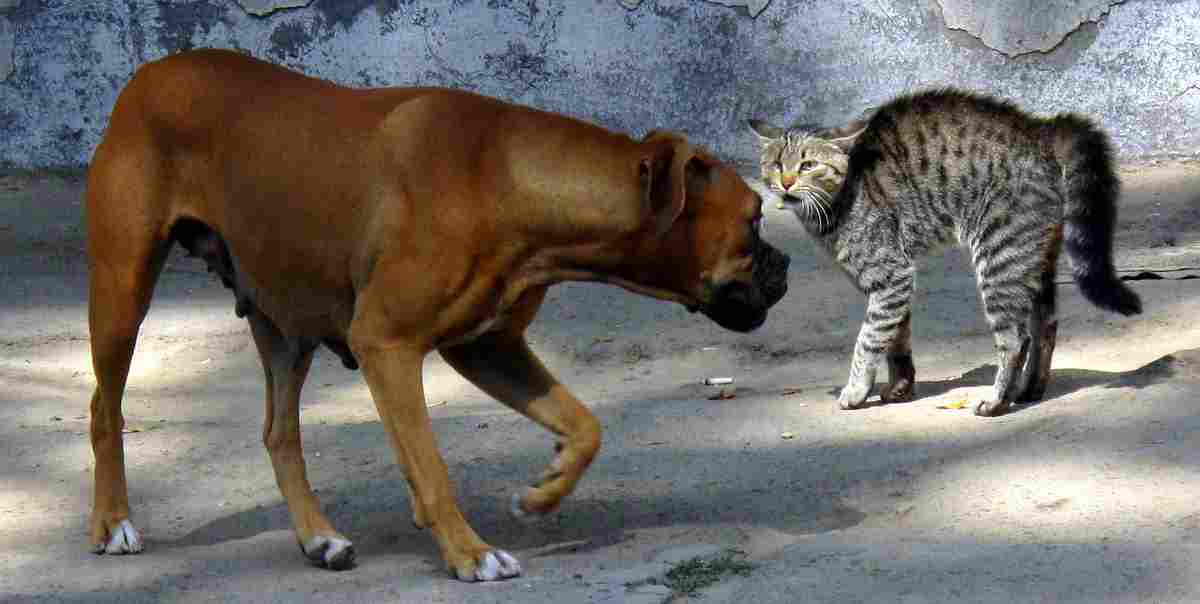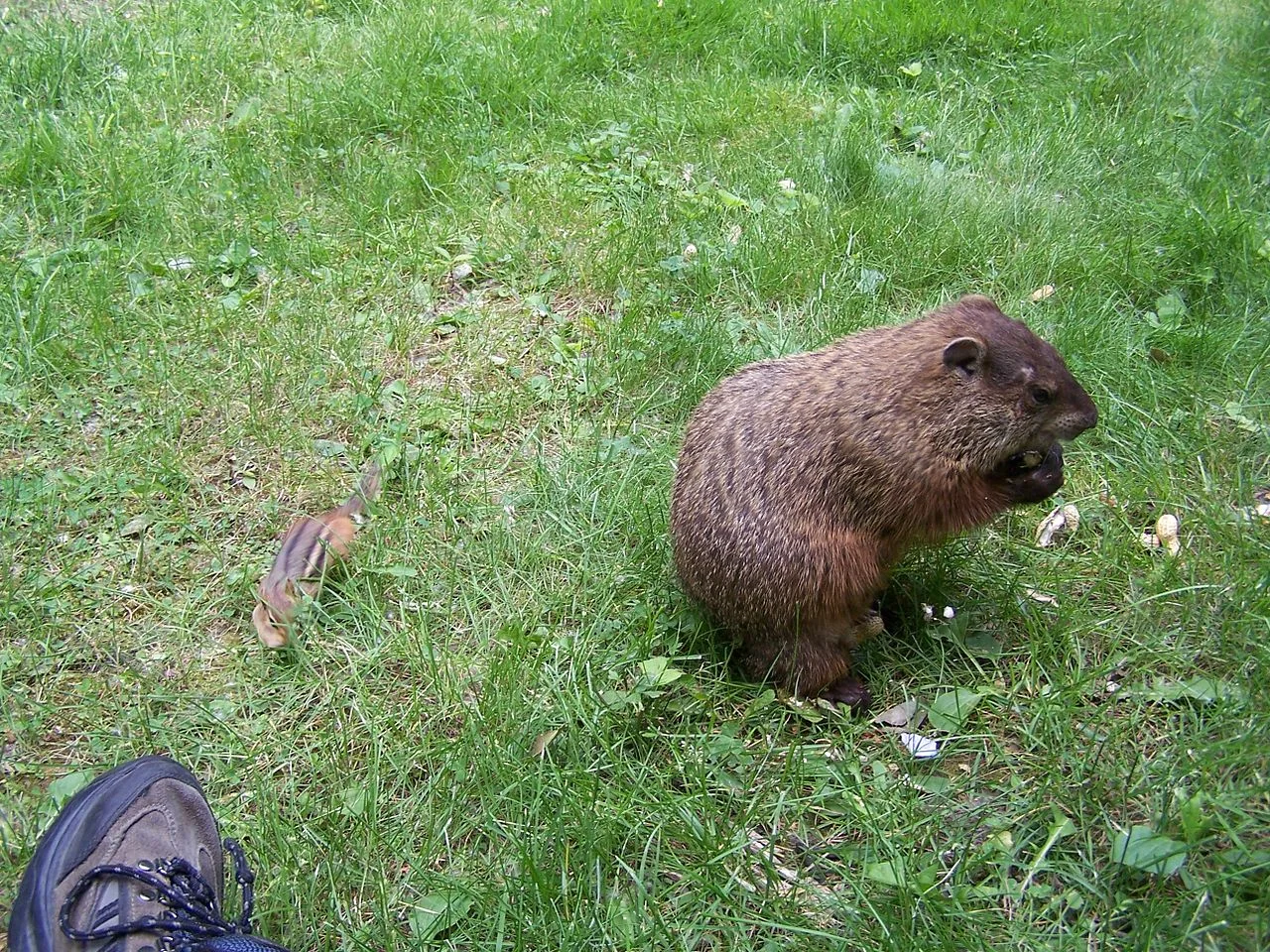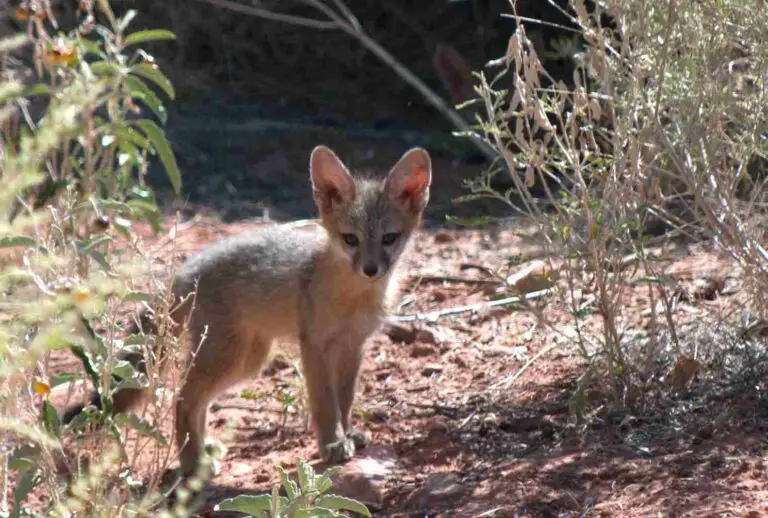Rabbit Vs Dog as Pets, Overall Comparison
Exploring the distinctions between rabbits and dogs sheds light on their unique traits and suitability as pets. From their behaviors to inherent characteristics, a comparison unveils essential considerations for those contemplating these diverse companions.
I. Suitability as Pets:
– Rabbits, valued for intelligence and sociability, tend to be quieter and may require less attention compared to dogs.
– Dogs, known for loyalty and varied breeds, often demand more care, training, and exercise, contributing to their noisier nature.
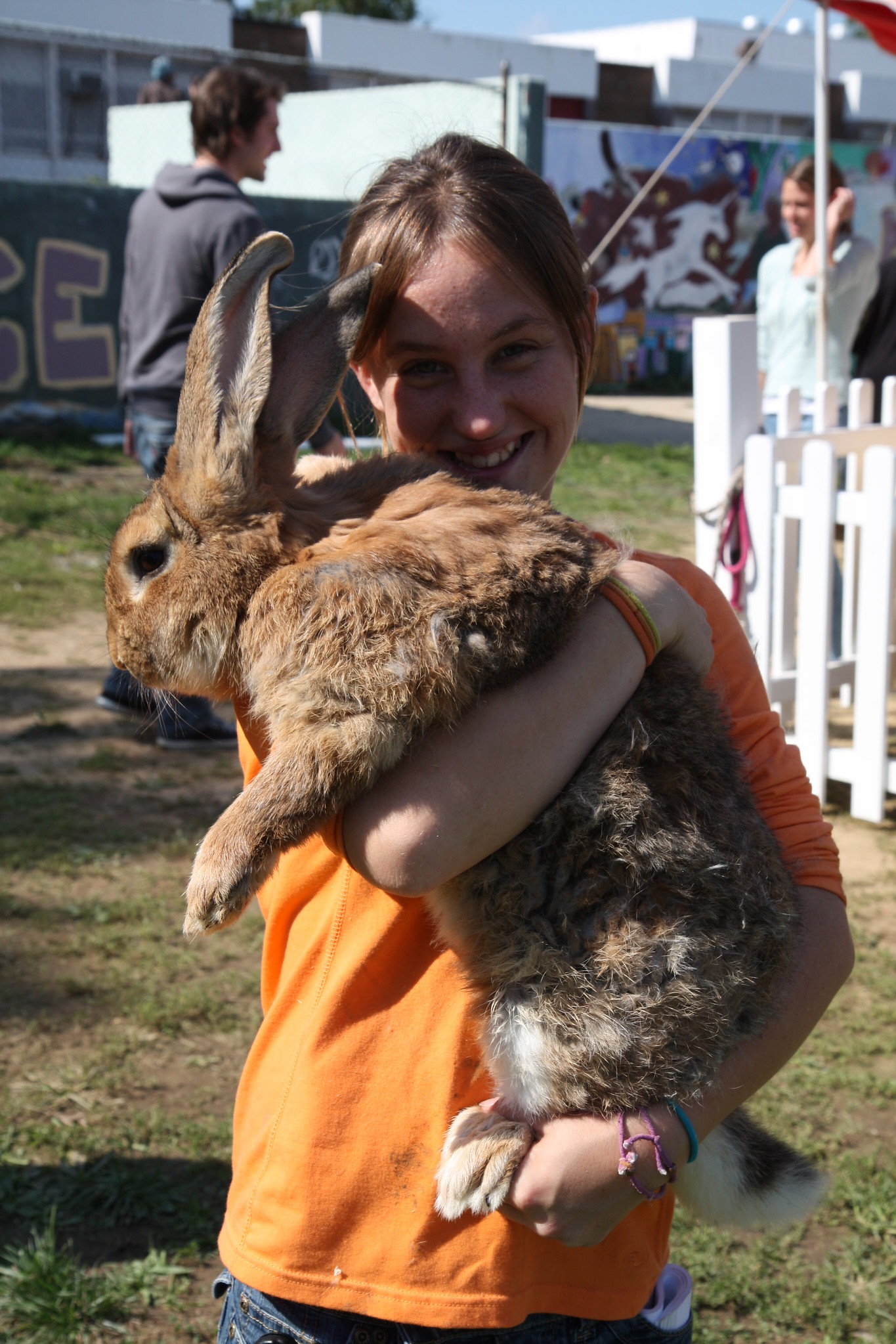
II. Interactions and Dynamics:
– Observations reveal instances of dogs and rabbits engaging in playful interactions, showcasing the diversity of relationships between these animals.
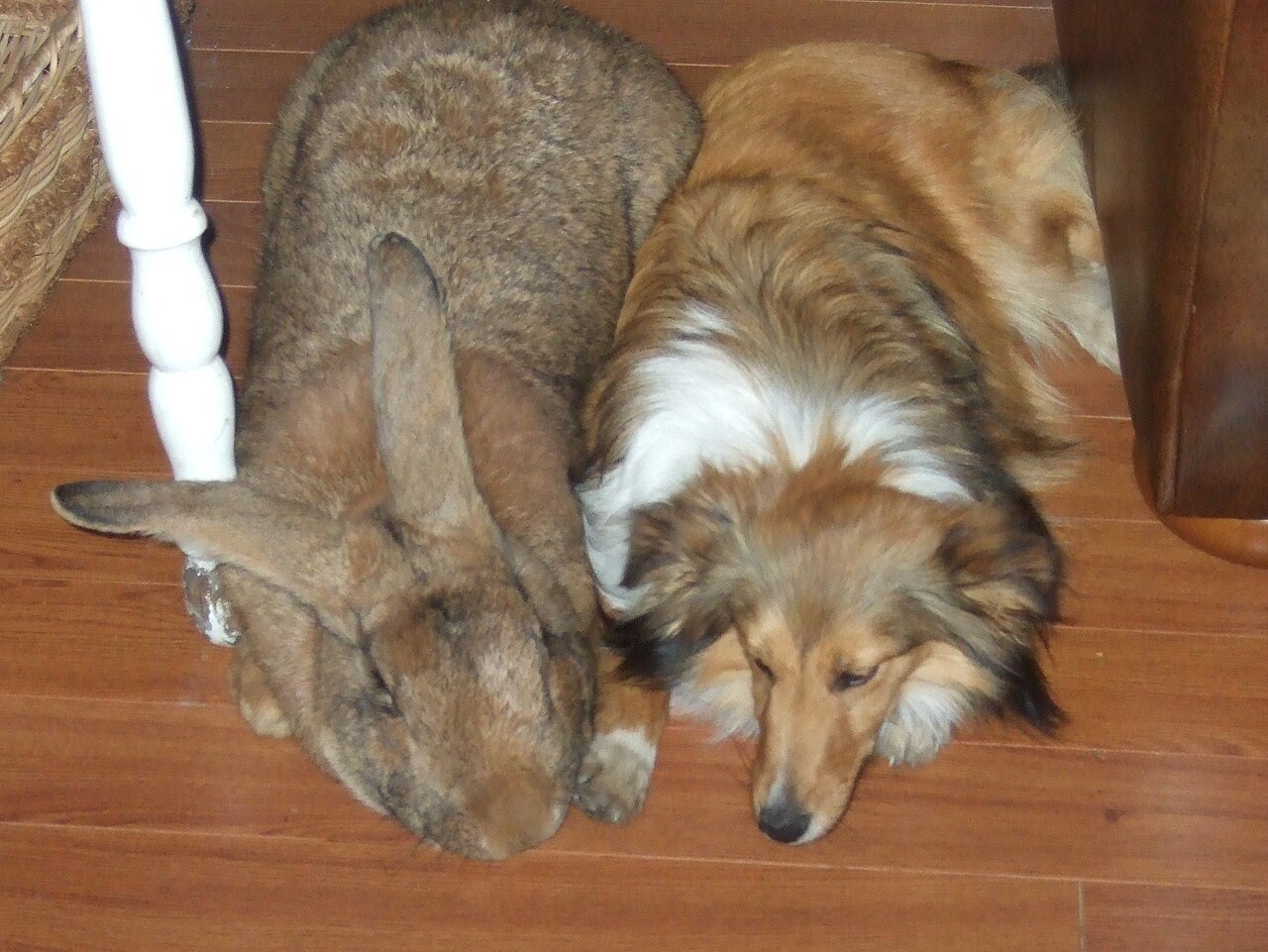
III. User Opinions:
– Opinions vary on whether a dog or rabbit makes a better pet, considering factors such as noise levels, veterinary care, and ease of maintenance.
IV. Educational Considerations:
– Resources provide insights into the comparative aspects of rabbits and dogs as pets, focusing on behavioral nuances and care requirements.
V. Literature Exploration:
– Literary works delve into the nuanced characteristics of both animals, aiding potential pet owners in making informed decisions about their preferred companion.
VI. Anatomical Insights:
– An exploration of anatomy reveals key aspects of intelligence and trick-performing abilities in both rabbits and dogs.

*Details of Comparison
| Criteria | Rabbit | Dog |
| Taxonomy | Order Lagomorpha, Family Leporidae, Genus Oryctolagus or Sylvilagus, Various Species |
Order Carnivora, Family Canidae, Genus Canis, Species Canis lupus familiaris
|
| Appearance | Small, long-eared, fluffy tail, camouflaged fur |
Diverse appearances based on breeds, selective breeding
|
| Size | Small to medium-sized (varies by species) |
Varies widely among breeds, from small to large
|
| Weight | Typically 2 to 20 pounds |
Varies from a few pounds to over a hundred pounds
|
| Dentition and Bite Force (PSI) | Herbivorous dentition, low bite force |
Carnivorous dentition, varying bite force among breeds
|
| Physical Offensive Advantages | Powerful hind legs for kicks |
Varied offensive capabilities based on breed
|
| Physical Defensive Advantages | Excellent hearing, rapid movements |
Alert senses, defensive behaviors vary
|
| Speed | Up to 35 mph |
Varies widely among breeds, some exceeding 40 mph
|
| Agility | Exceptionally agile with quick, nimble movements |
Agility varies by breed, influenced by roles
|
| Senses | Excellent hearing, wide field of view, keen sense of smell |
Acute senses, including sharp hearing and strong sense of smell
|
| Overall Physical Capacity | Adapted for speed, agility, and evasion |
Diverse physical capacities based on breed and roles
|
| Habitat Preference(s) and Geographic Region | Various habitats globally |
Domesticated, adapting to human-inhabited areas globally
|
| Tracks | Small tracks with four toe pads |
Paw prints vary widely among breeds
|
| Lifespan | 5 to 10 years (wild), influenced by predation |
Varies widely by breed, influenced by genetics and size
|
| Mode of Feeding | Herbivores primarily consuming plants |
Carnivores with omnivorous adaptations
|
| Intelligence | Limited problem-solving, social intelligence |
Varies widely; some breeds highly intelligent and trainable
|
| Social Behavior | Social animals, territorial behavior |
Highly social due to domestication, varying social structures
|
| Mode of Reproduction | Prolific breeders, short gestation |
Varied reproductive patterns, longer gestation
|
| Parental Behavior | Limited parental care |
Varied parental behaviors, influenced by breed
|
| Proximity to Human-Inhabited Areas | Adaptable to urban areas, considered pests in agriculture |
Domesticated, close proximity to human dwellings
|
| Behavior Toward Humans | Generally wary, flight response |
Domesticated for companionship, varying behaviors
|
| Danger Posed to Humans | Generally not dangerous, may scratch or bite when threatened |
Typically not dangerous when properly trained and socialized
|
| Associated Precautions | Focus on preventing overpopulation and damage |
Health and behavioral precautions for responsible ownership
|
| Conservation Status | Varies by species, conservation efforts may be needed |
Domestic dogs are not considered endangered; conservation efforts focus on responsible breeding
|
Key Points
Similarities:
-
- Both mammals with diverse adaptations and behaviors
- Influence ecosystems and human environments
Differences:
-
- Rabbits are prey animals with a focus on evasion, while dogs have diverse roles shaped by domestication
- Ecological impacts vary, with rabbits contributing to plant control and dogs influencing human-altered environments
1. Taxonomy
Rabbit:
Order: Lagomorpha
Family: Leporidae
Genus: Oryctolagus (European rabbit) or Sylvilagus (cottontail rabbits)
Species: Various species within the genera
Dog:
Order: Carnivora
Family: Canidae
Genus: Canis
Species: Canis lupus familiaris (domestic dog)
While both belong to different orders and families, rabbits and dogs share the common characteristic of being mammals.
2. Appearance
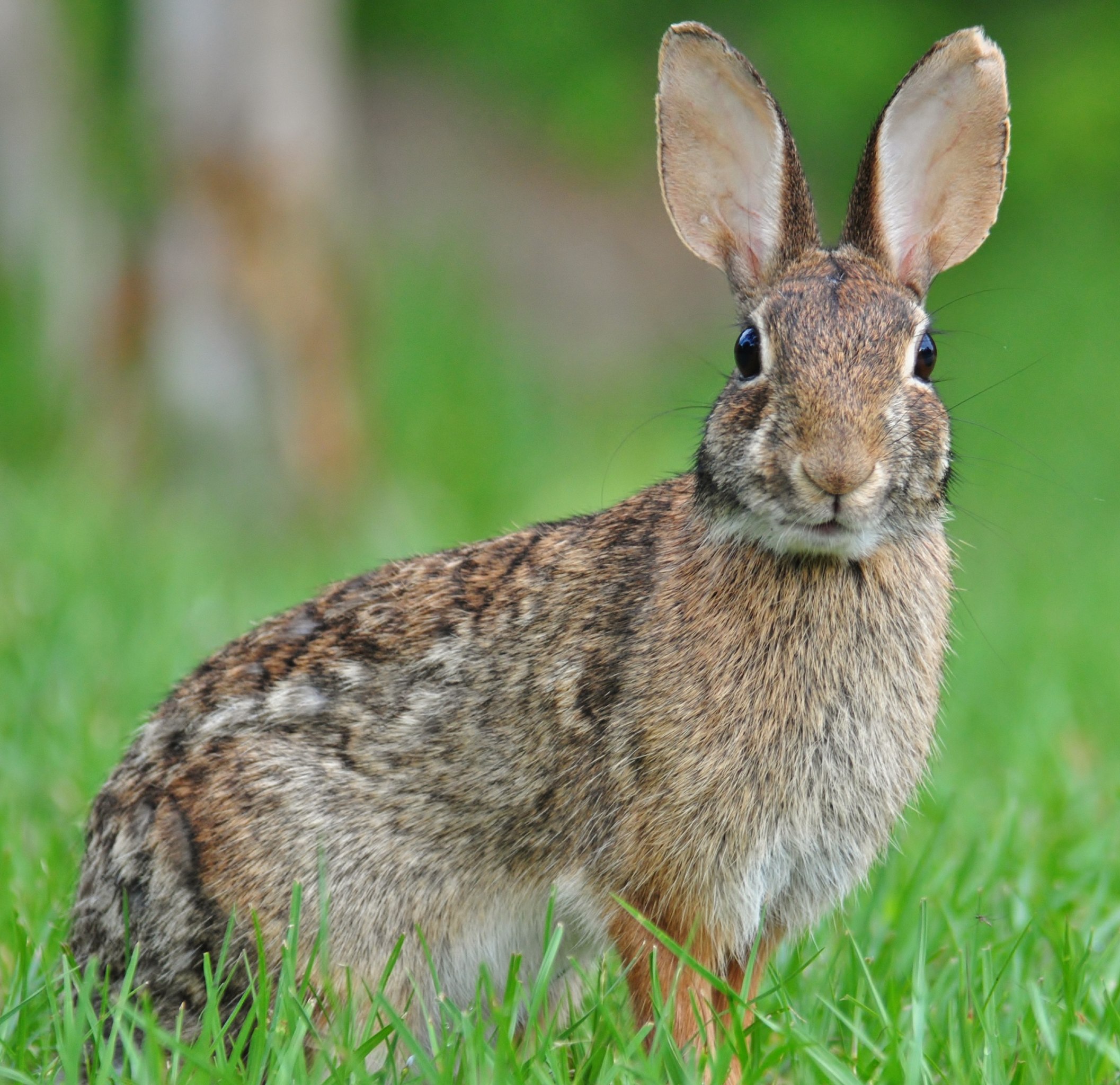
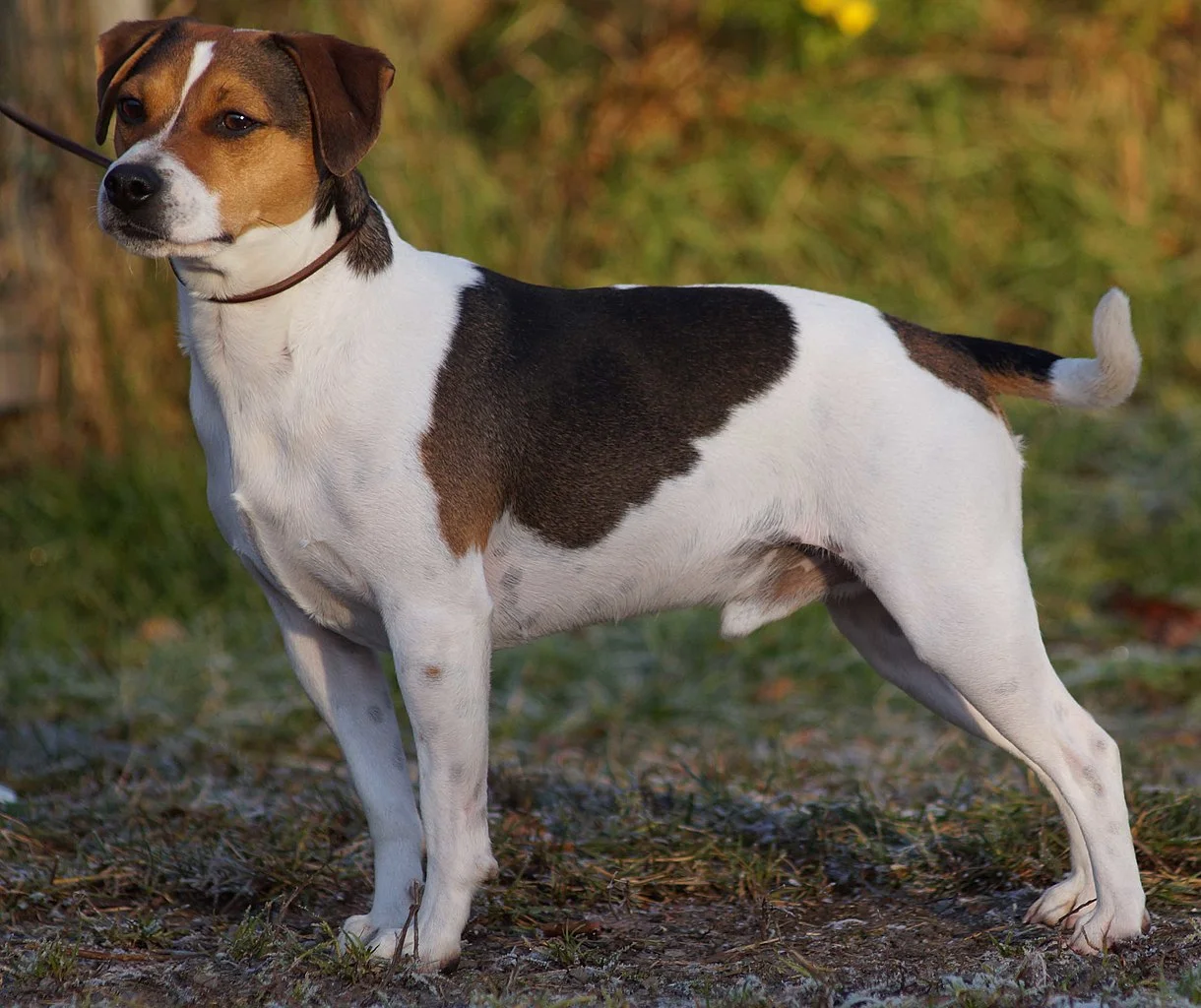
Rabbit:
Typically small, with long ears and a short, fluffy tail.
Adapted for agility with strong hind legs.
Camouflage fur colors (brown, white) for protective purposes in the wild.
Dog:
Diverse appearances based on breeds; sizes range from small (Chihuahua) to large (Great Dane).
Variation in fur length, color, and patterns depending on breed characteristics.
Selective breeding has led to distinct features for specific purposes (e.g., herding, guarding).
Ecological Implications:
Rabbits’ camouflaged fur aids in evading predators in natural habitats.
Dogs’ diverse appearances result from selective breeding for specific roles, impacting their adaptability in various environments.
3. Size
Rabbit:
Generally small to medium-sized; varies among species.
Example: European rabbits are larger than cottontail rabbits.
Dog:
Varies significantly based on breed; from a few pounds to over a hundred pounds.
Example: Chihuahuas are much smaller than Saint Bernards.
Ecological Implications:
Rabbit size impacts their ability to navigate through dense vegetation.
Dog size influences their roles in activities such as hunting, guarding, or companionship.
4. Weight
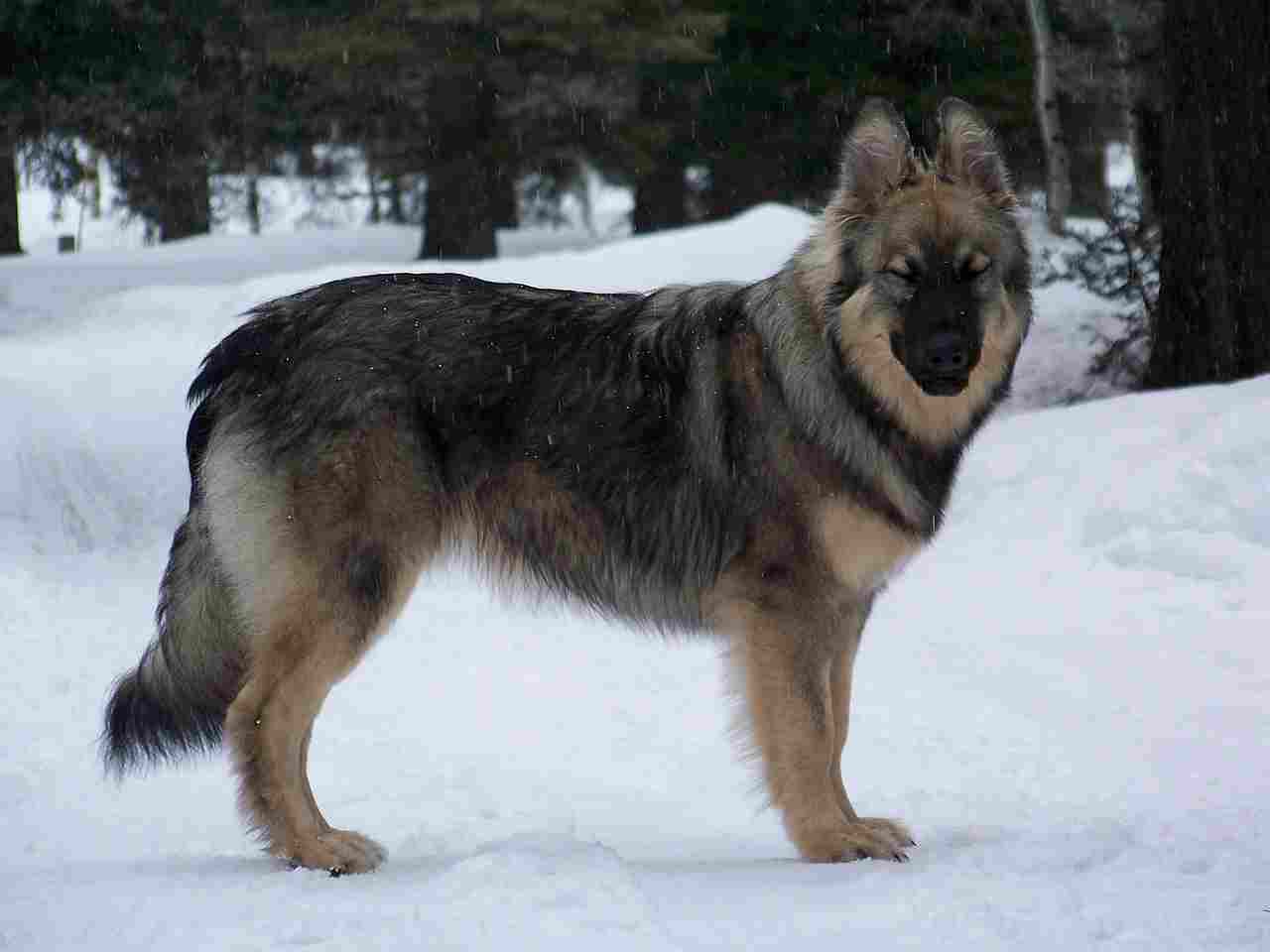
Rabbit:
Typically ranges from 2 to 20 pounds, depending on the species.
Weight distribution aids in rapid movements.
Dog:
Varied weights, from a few pounds (e.g., Toy breeds) to over a hundred pounds (e.g., Mastiffs).
Weight influences energy needs and physical capabilities.
Ecological Implications:
Rabbit weight affects energy expenditure and foraging patterns.
Dog weight is linked to their role, affecting tasks such as herding, hunting, or guarding.
5. Dentition and Bite Force (PSI)
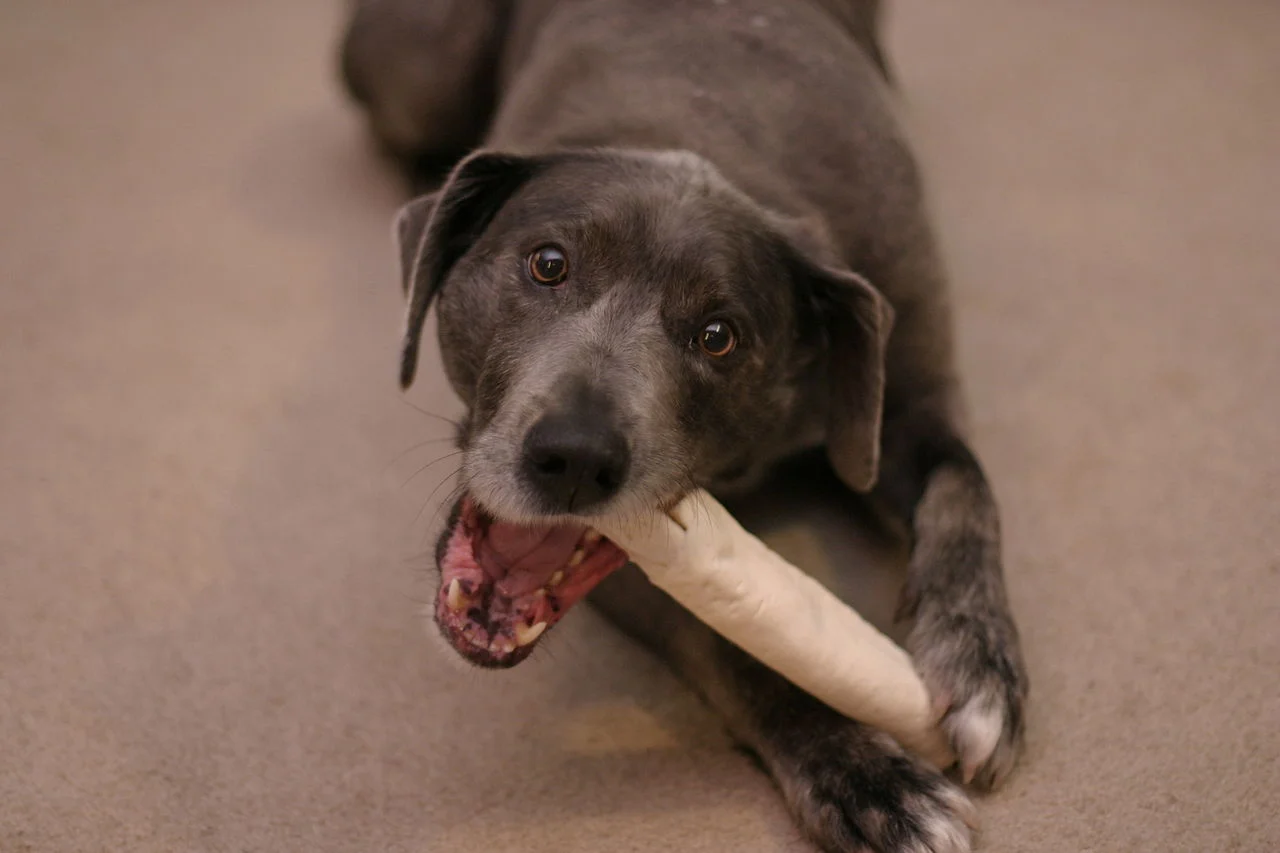
Rabbit:
Herbivorous dentition with specialized incisors for efficient plant consumption.
Low bite force, adapted for cropping vegetation.
Dog:
Carnivorous dentition with sharp incisors and molars for tearing and crushing.
Varies in bite force; breeds like German Shepherds exhibit significant pressure (around 238 PSI).
Ecological Implications:
Rabbit teeth are adapted for herbivory, influencing their diet and feeding habits.
Dog dentition reflects their carnivorous nature, impacting hunting and feeding behaviors.
6. Physical Offensive Advantages
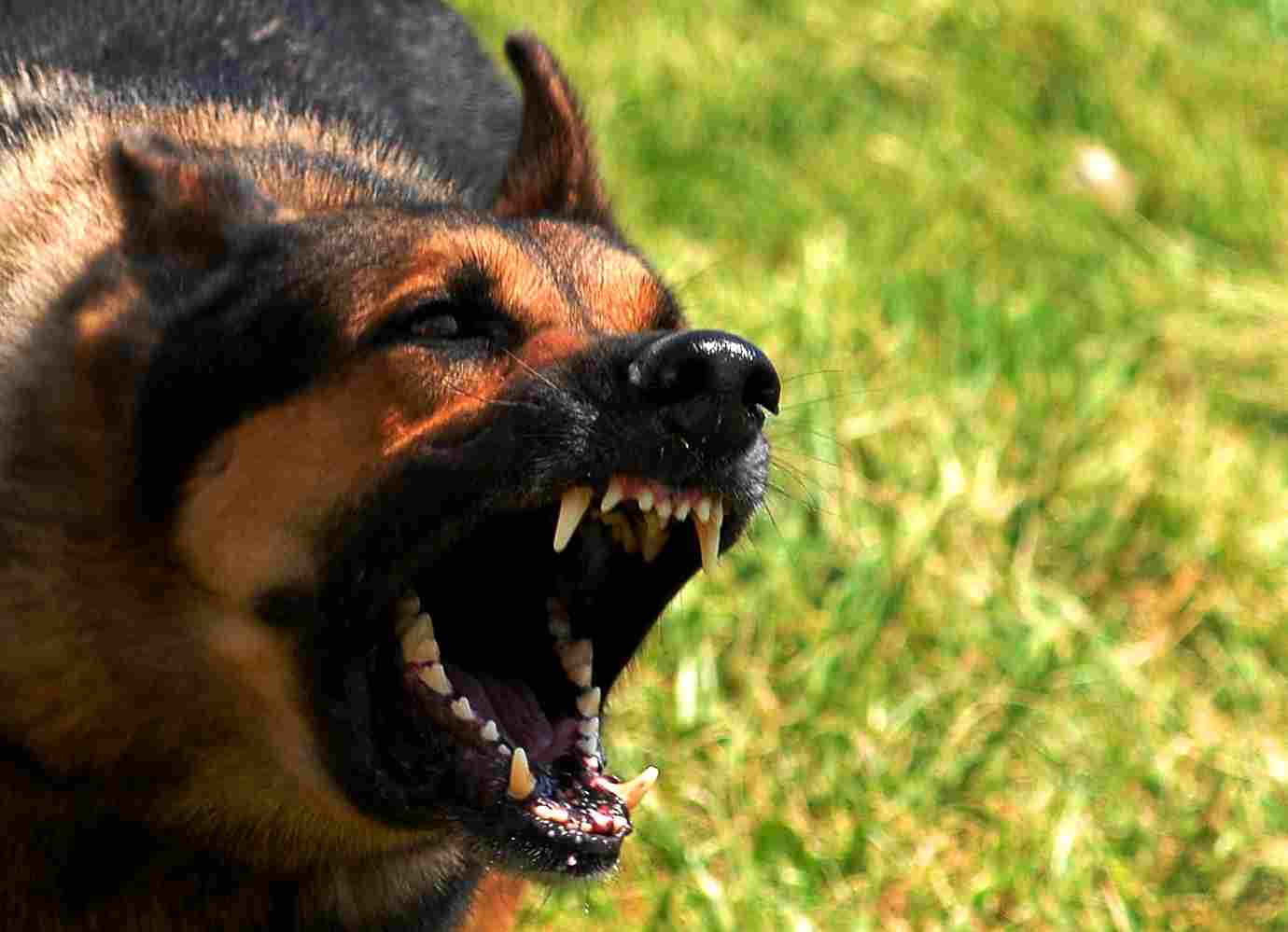
Rabbit:
Sharp, strong hind legs for powerful kicks as a defensive mechanism.
Speed and agility to escape predators rather than confront them.
Dog:
Varied offensive capabilities depending on breed; some bred for hunting, others for protection.
Canines possess strong jaws suitable for gripping and holding prey.
Ecological Implications:
Rabbit’s offensive advantages are tailored for evading predators, aligning with their prey status.
Dogs’ offensive traits align with their diverse roles, impacting their effectiveness in activities like hunting or protection.
7. Physical Defensive Advantages
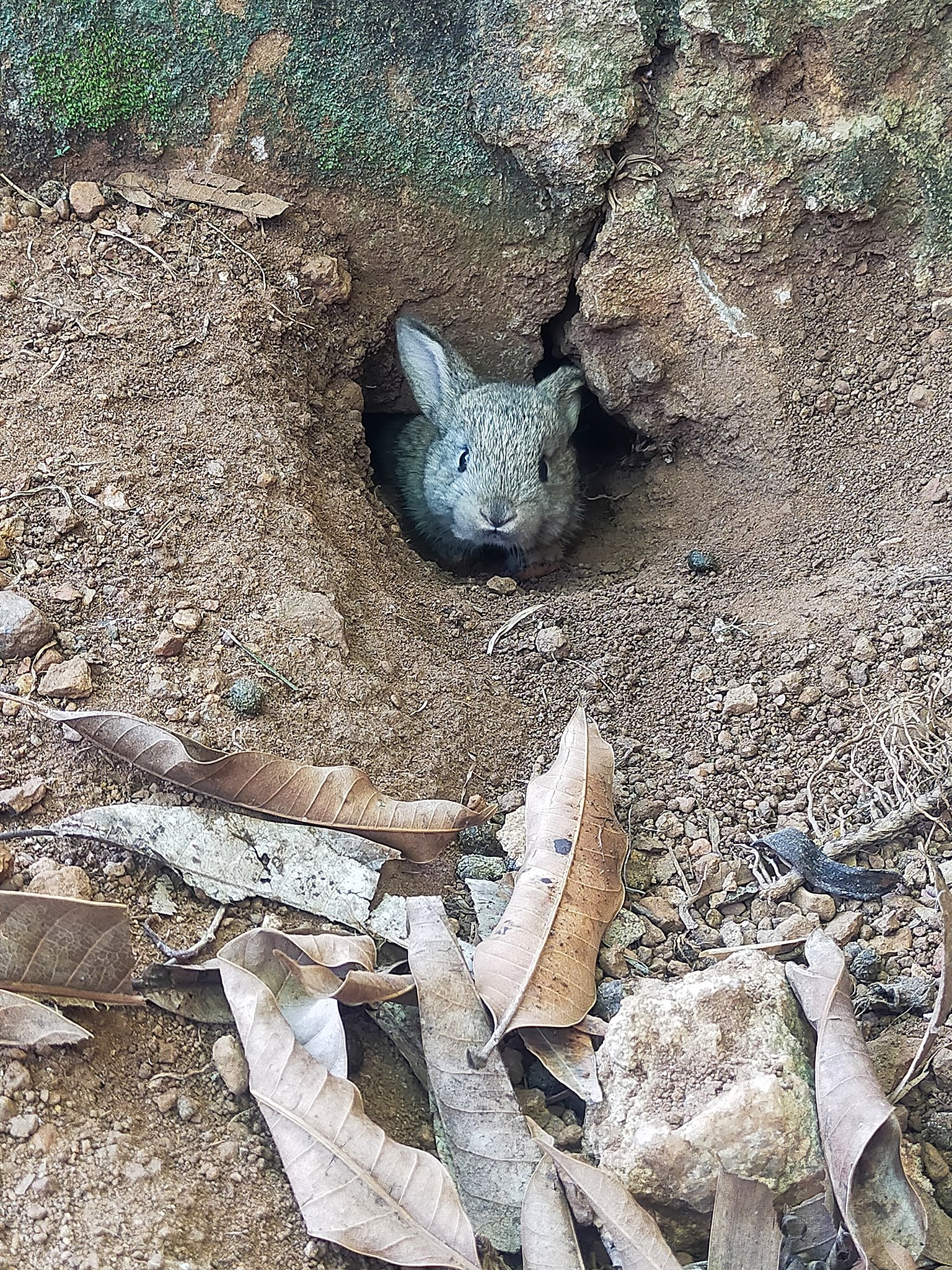
Rabbit:
Excellent hearing and a wide field of view to detect predators.
Rapid, zig-zag movements for evasive maneuvers.
Dog:
Alert senses, including keen hearing and a strong sense of smell.
Defensive behaviors vary; some breeds may bark and alert, while others may confront threats.
Ecological Implications:
Rabbit defenses are oriented towards evasion and early detection to survive in the wild.
Dogs’ defensive traits align with their roles, whether guarding, alerting, or confronting threats.
8. Speed (Km/hour or Mile/hour)
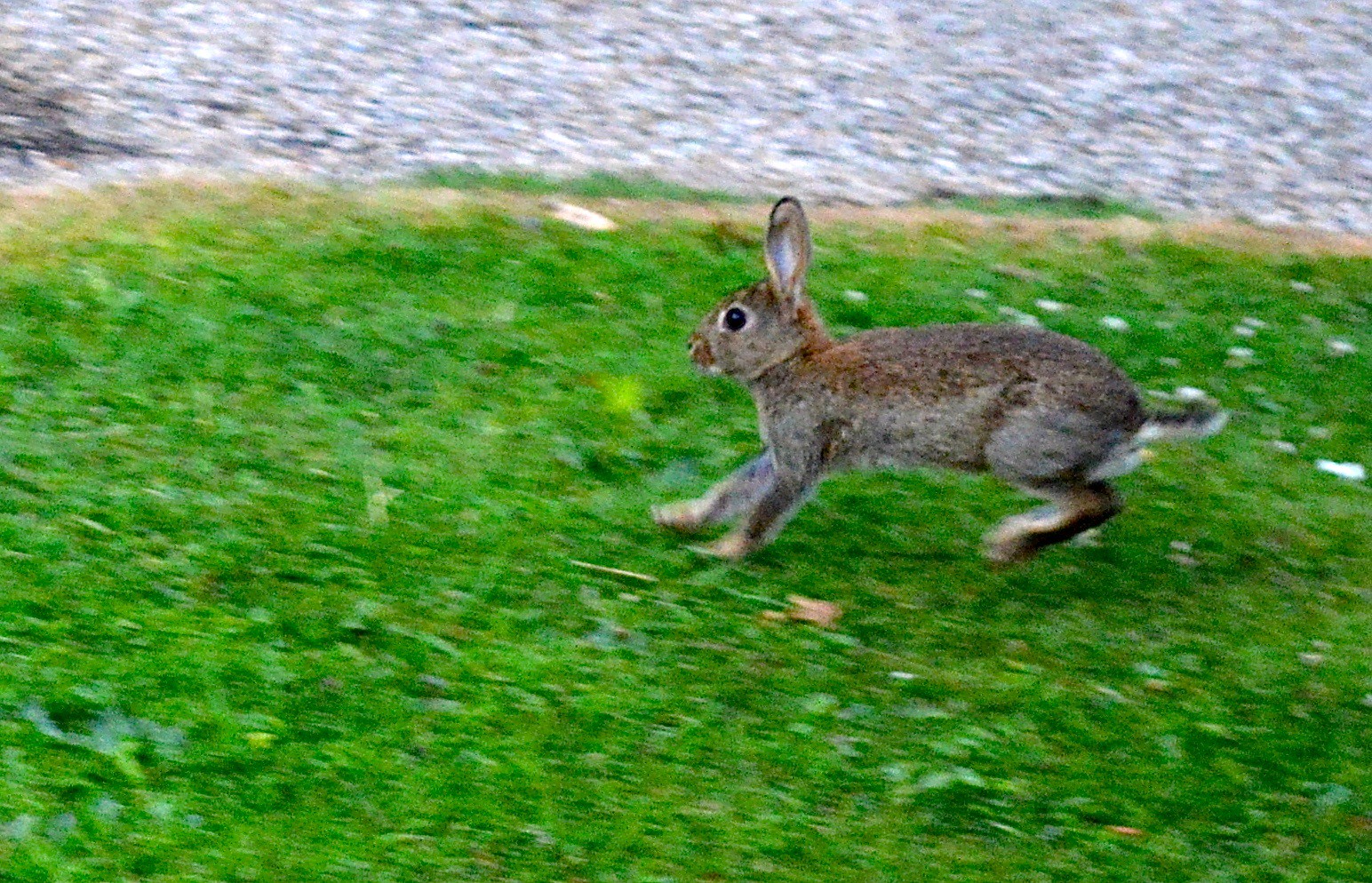
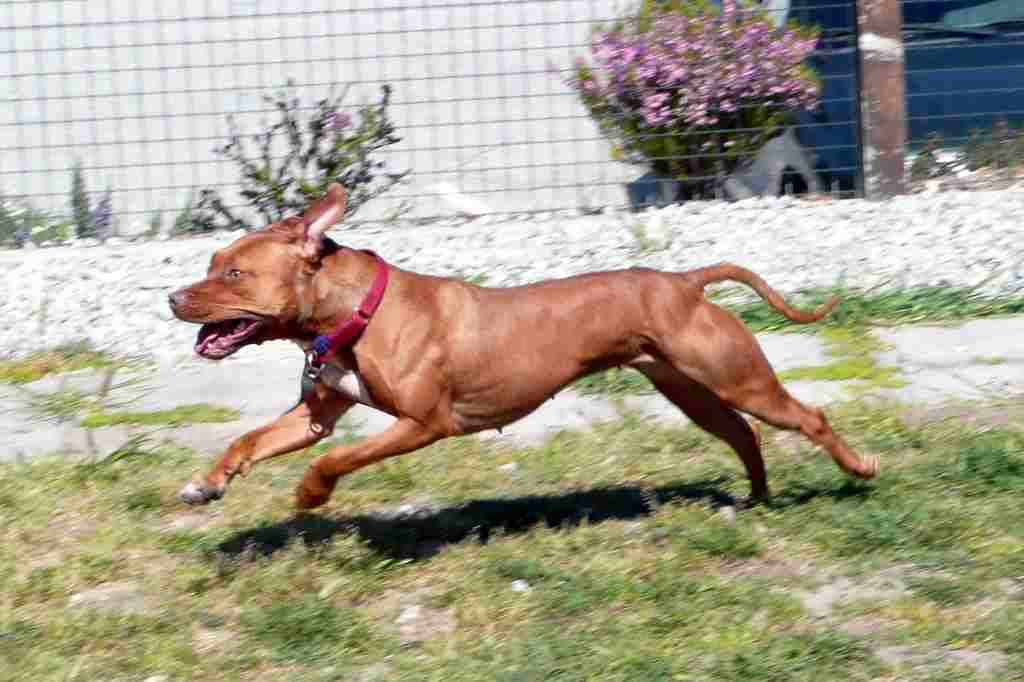
Rabbit:
Can reach speeds up to 35 mph (56 km/h) in short bursts.
Rapid acceleration helps escape predators quickly.
Dog:
Speed varies widely among breeds; for instance, Greyhounds can reach speeds over 40 mph (64 km/h).
Breeds with herding or hunting purposes may exhibit bursts of high-speed pursuit.
Ecological Implications:
Rabbit speed is crucial for escaping predators in open habitats.
Dog speed is often tied to their roles, influencing their effectiveness in activities like herding or chasing prey.
9. Agility
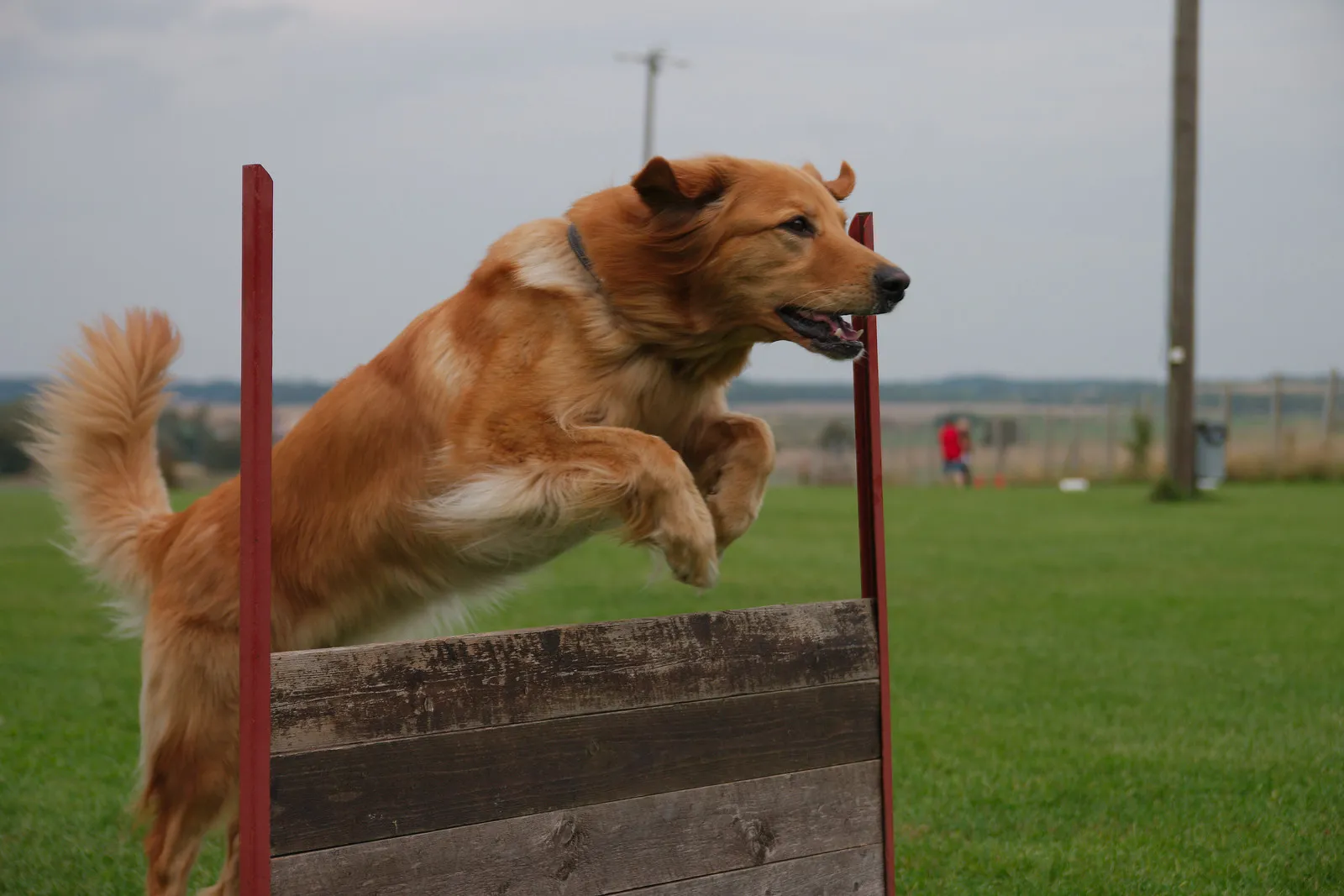
Rabbit:
Exceptional agility with quick, nimble movements.
Ability to change direction rapidly during escape.
Dog:
Agility varies among breeds; some are highly agile for activities like agility competitions.
Breeds developed for herding or hunting often exhibit remarkable agility.
Ecological Implications:
Rabbit agility is vital for navigating through dense vegetation and avoiding predators.
Dog agility aligns with their roles, impacting their efficiency in tasks such as herding or chasing prey.
10. Senses
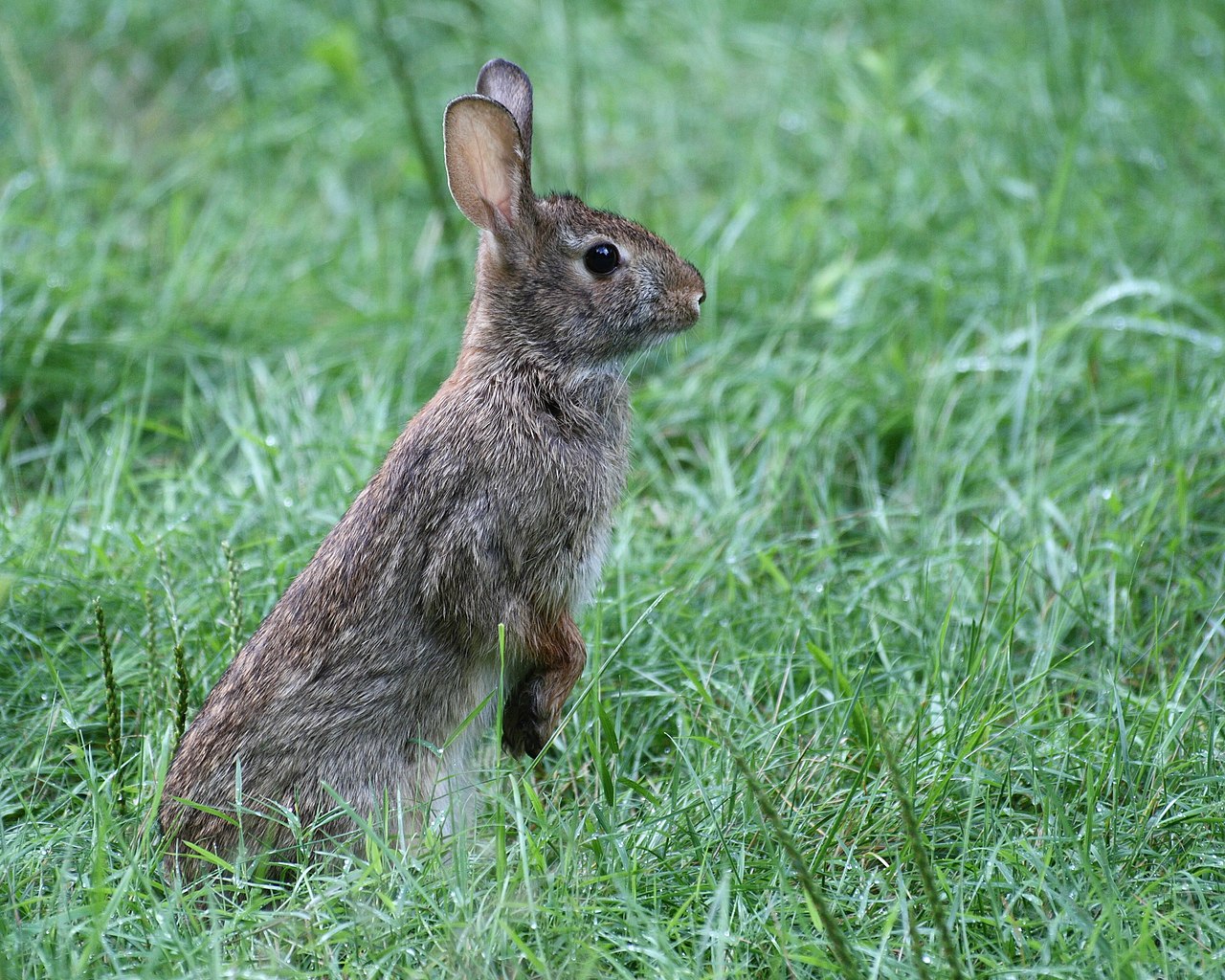
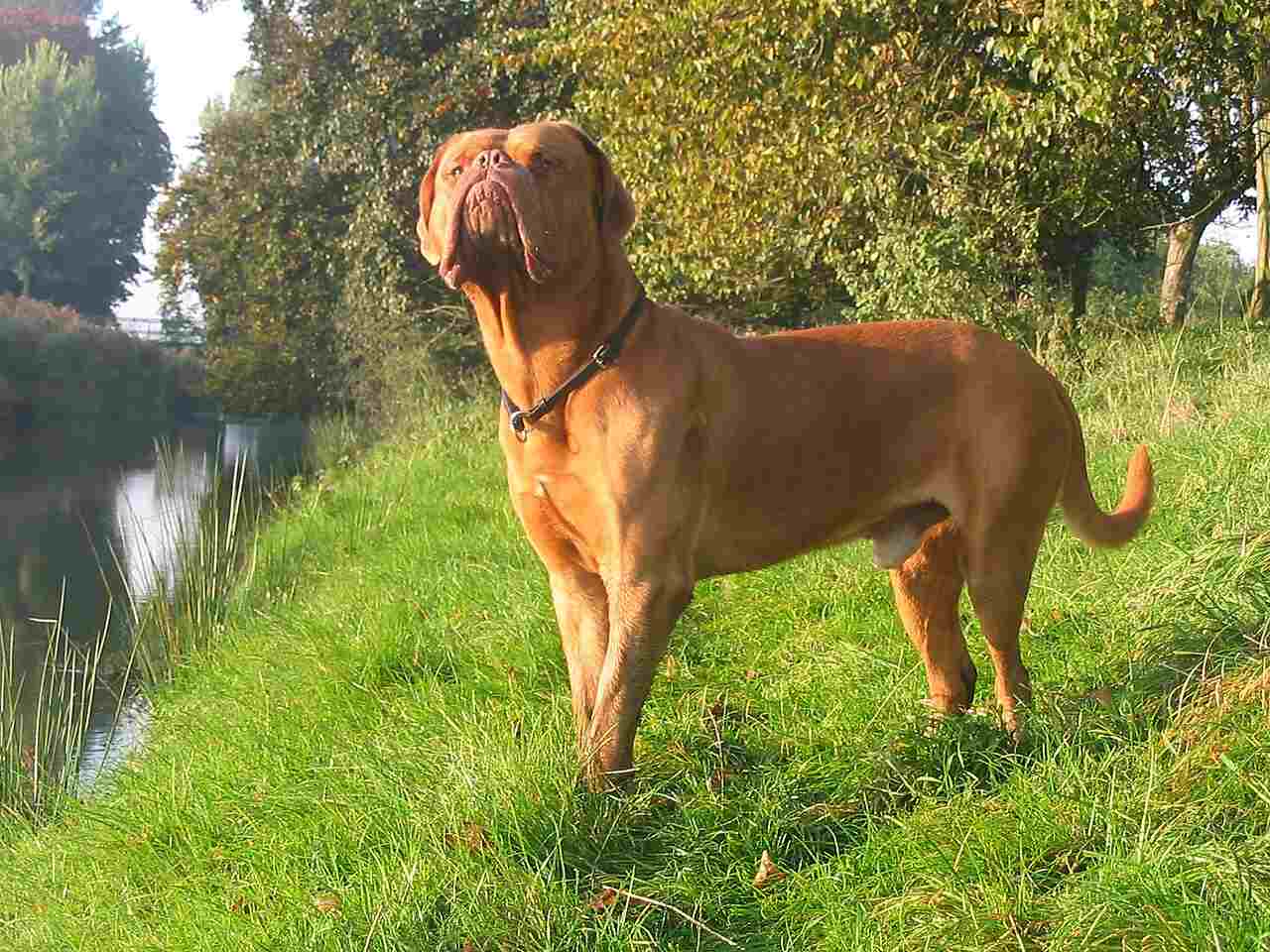
Rabbit:
Excellent hearing and a wide field of view for early predator detection.
Keen sense of smell to identify predators and locate food.
Dog:
Acute senses, including sharp hearing and a powerful sense of smell.
Vision varies by breed, some adapted for tracking, others for herding.
Ecological Implications:
Rabbit senses are finely tuned for early detection and avoidance of predators.
Dogs’ senses align with their roles, influencing their effectiveness in tasks like tracking or herding.
11. Overall Physical Capacity
Rabbit:
Adaptations for speed, agility, and evasion.
Limited endurance; rely on short bursts of energy.
Dog:
Diverse physical capacities based on breed; some excel in endurance, others in strength or speed.
Training and selective breeding influence physical capabilities.
Ecological Implications:
Rabbit’s physical capacity aligns with its survival strategy of evading predators.
Dogs’ varied physical capacities are harnessed for specific roles, impacting their suitability for different tasks.
12. Habitat Preference(s) and Geographic Region
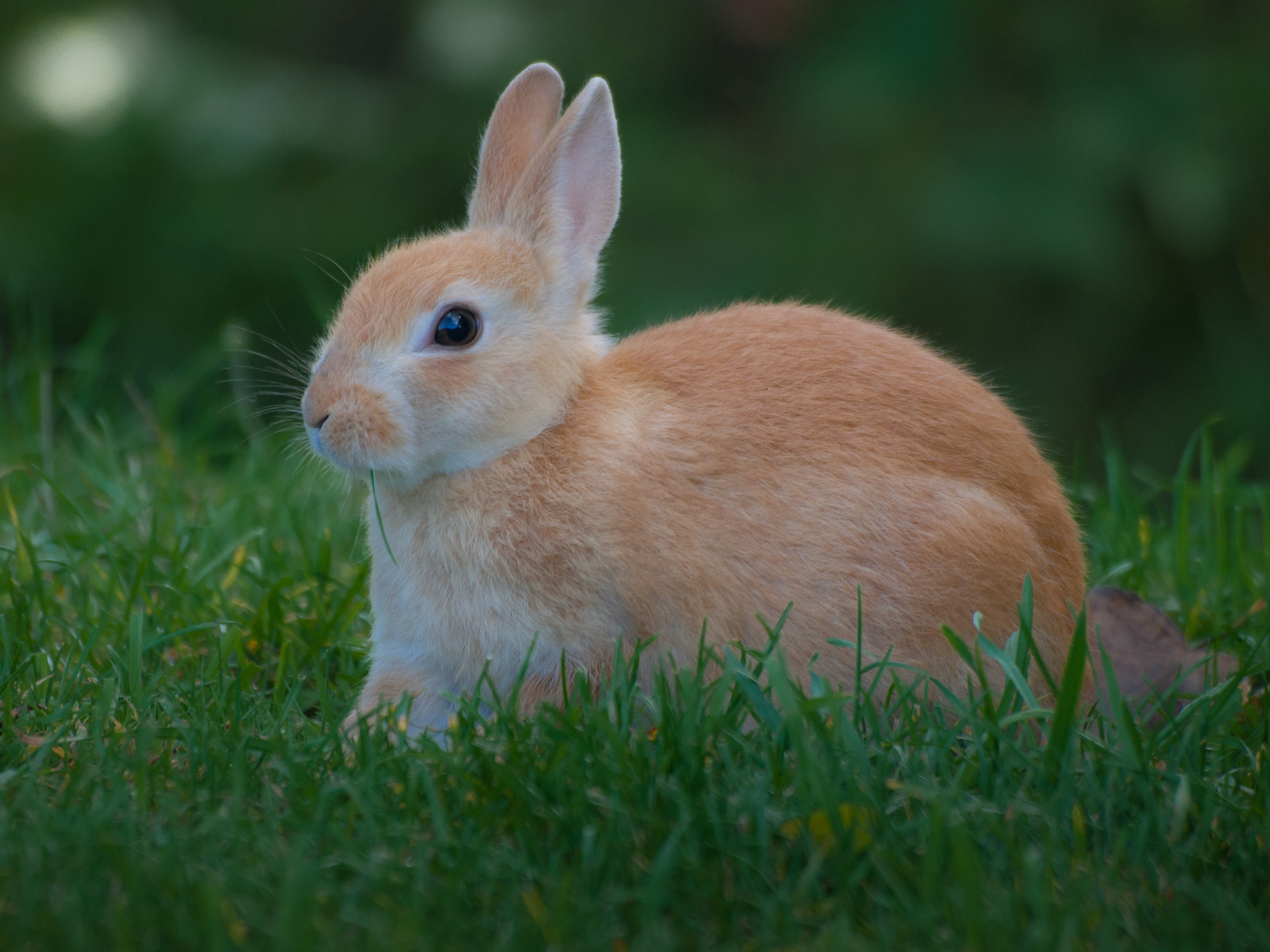
Rabbit:
Found in various habitats, including grasslands, forests, and deserts.
Geographic distribution varies by species; European rabbits are widespread.
Dog:
Domesticated, so habitat varies from urban to rural areas globally.
Ancestral wolves inhabited diverse ecosystems; domestic dogs adapt to human environments.
Ecological Implications:
Rabbit’s adaptability to different habitats reflects their ability to survive in various ecosystems.
Dogs’ habitat preference is heavily influenced by their domestication and close association with humans.
13. Tracks
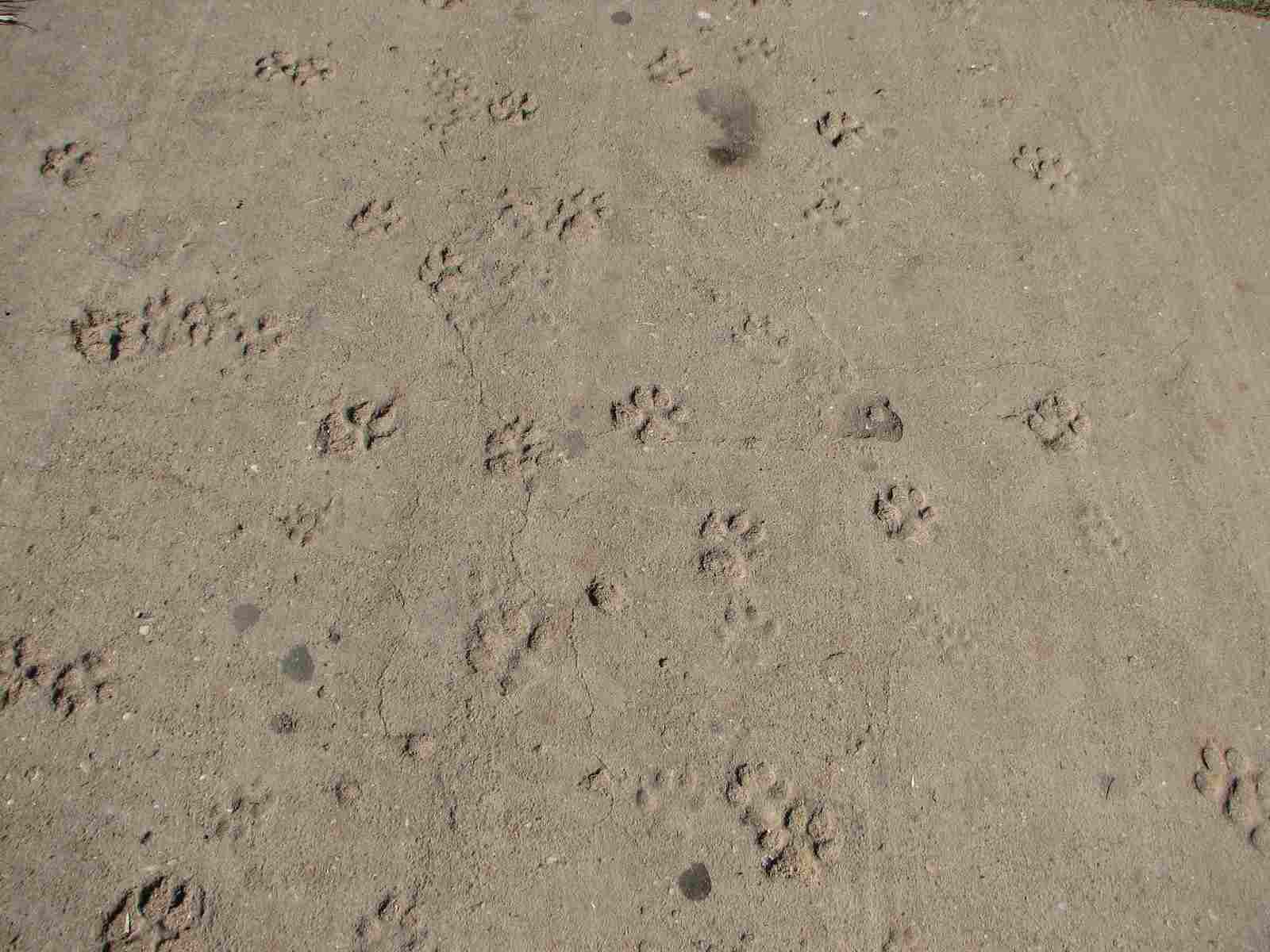
Rabbit:
Small, distinctive tracks with four toe pads and fur impressions.
Hind leg tracks often longer due to powerful hind limb propulsion.
Dog:
Paw prints vary widely among breeds; can show claw marks.
Size and pattern depend on the breed’s anatomy.
Ecological Implications:
Rabbit tracks reveal their small, agile nature, aiding in identification by predators.
Dog tracks offer insight into the size and gait, contributing to tracking and identification in various environments.
14. Lifespan
Rabbit:
Typically live 5 to 10 years in the wild, but can exceed 10 years in captivity.
Lifespan influenced by predation, environmental factors, and food availability.
Dog:
Lifespan varies widely by breed; small breeds may live around 12-16 years, while larger breeds often have shorter lifespans.
Influenced by genetics, size, and overall health care.
Ecological Implications:
Rabbit lifespans are shaped by factors such as predation, emphasizing their role in the food chain.
Dog lifespans, influenced by selective breeding, impact their companionship duration with humans.
15. Mode of Feeding
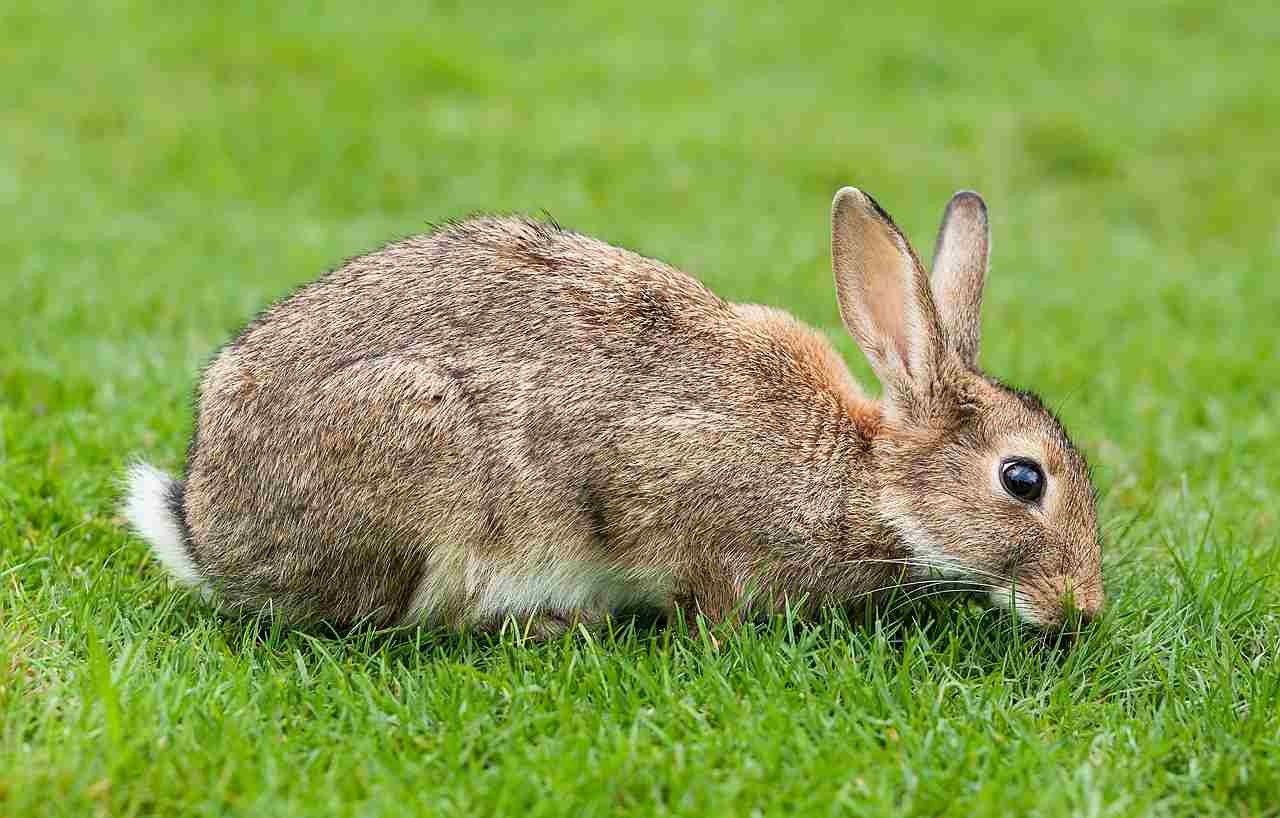
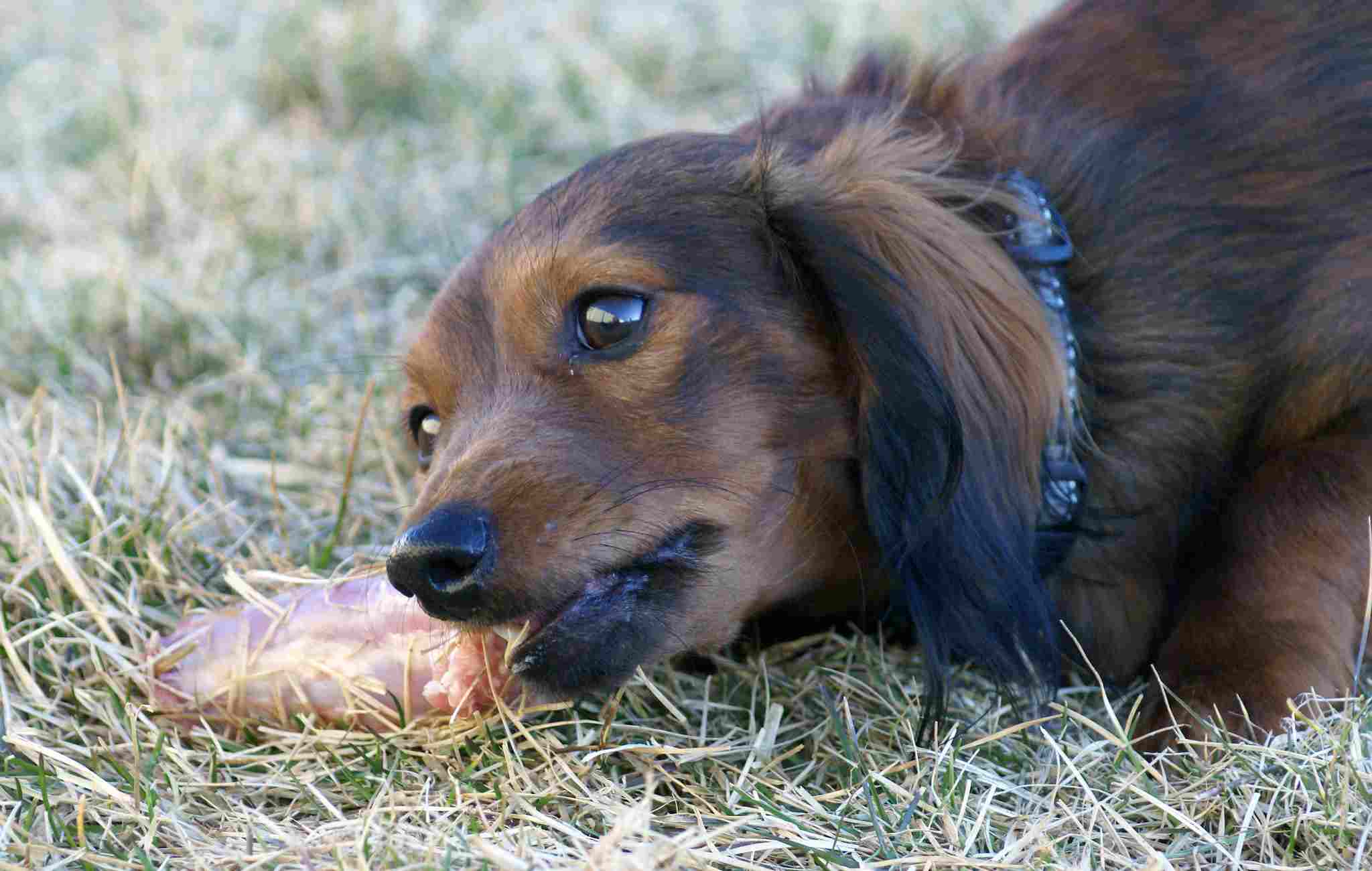
Rabbit:
Herbivores primarily consuming grasses, herbs, and vegetables.
Specialized incisors aid in efficient plant consumption.
Dog:
Carnivores with omnivorous adaptations; commercial dog food often includes plant-based ingredients.
Varied diet based on breed and human influence.
Ecological Implications:
Rabbit’s herbivorous feeding contributes to plant control in ecosystems.
Dog’s omnivorous diet reflects adaptability to human-influenced environments.
16. Intelligence
Rabbit:
Limited problem-solving abilities; rely on instincts for survival.
Display social intelligence in group dynamics.
Dog:
Varies widely; some breeds highly intelligent and trainable.
Intelligence adapted to roles such as herding, guarding, or companionship.
Ecological Implications:
Rabbit intelligence suits their survival strategy, emphasizing instincts for protection.
Dog intelligence, influenced by selective breeding, aligns with their diverse roles in collaboration with humans.
17. Social Behavior

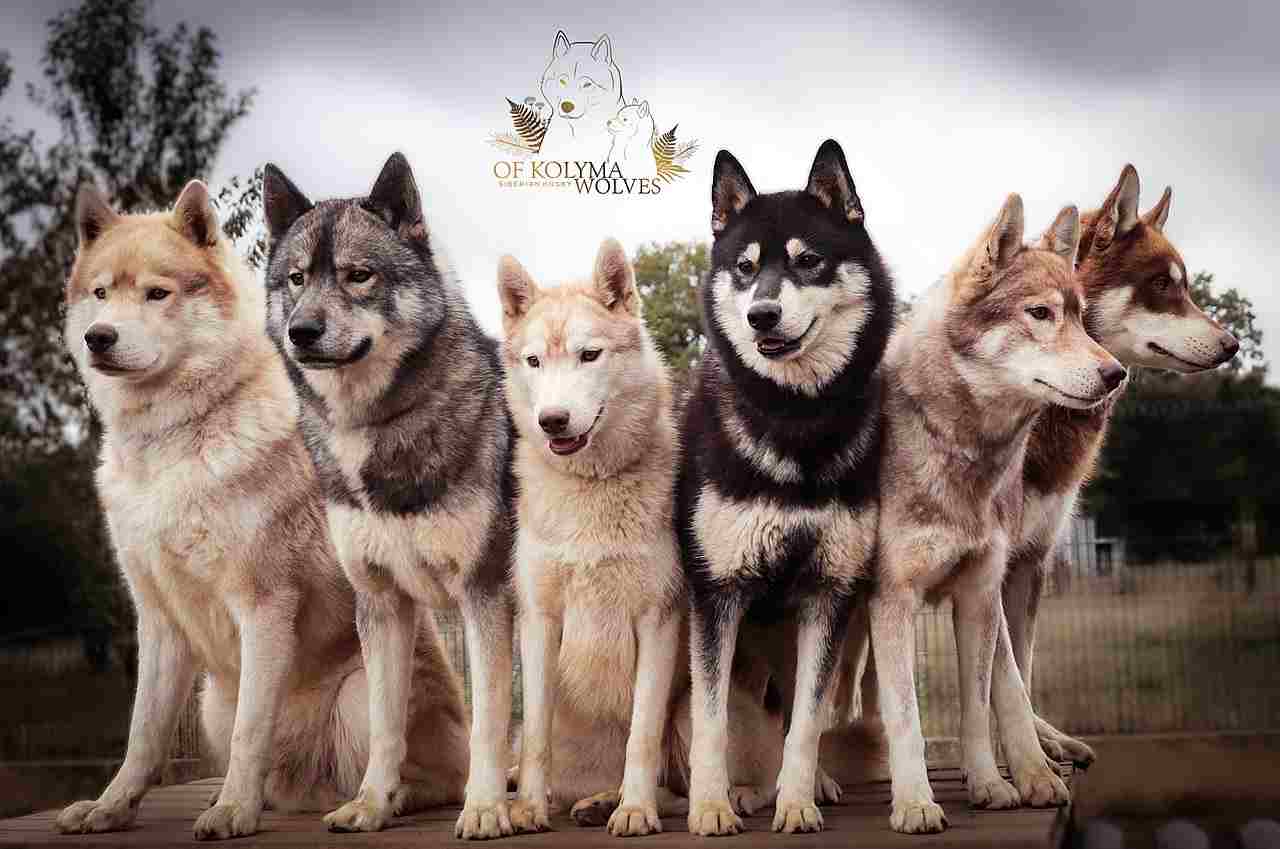
Rabbit:
Often social animals, living in groups called warrens.
Exhibit territorial behavior and communication through body language and vocalizations.
Dog:
Highly social due to domestication; form bonds with humans and other dogs.
Social structure varies; pack-oriented behavior is seen in some breeds.
Ecological Implications:
Rabbit social behavior influences their safety in numbers and communication for group coordination.
Dog’s social nature, shaped by domestication, enhances their ability to collaborate with humans and other dogs in various activities.
18. Mode of Reproduction
Rabbit:
Prolific breeders with a short gestation period (around 30 days).
Altricial young born in burrows; capable of independent feeding shortly after birth.
Dog:
Varied reproductive patterns among breeds; gestation typically around 60 days.
Precocial or altricial young depending on the breed; domestic dogs may have smaller litters.
Ecological Implications:
Rabbit reproductive strategy ensures rapid population growth, compensating for predation.
Dog reproductive patterns, influenced by selective breeding, impact population dynamics in domestic settings.
19. Parental Behavior
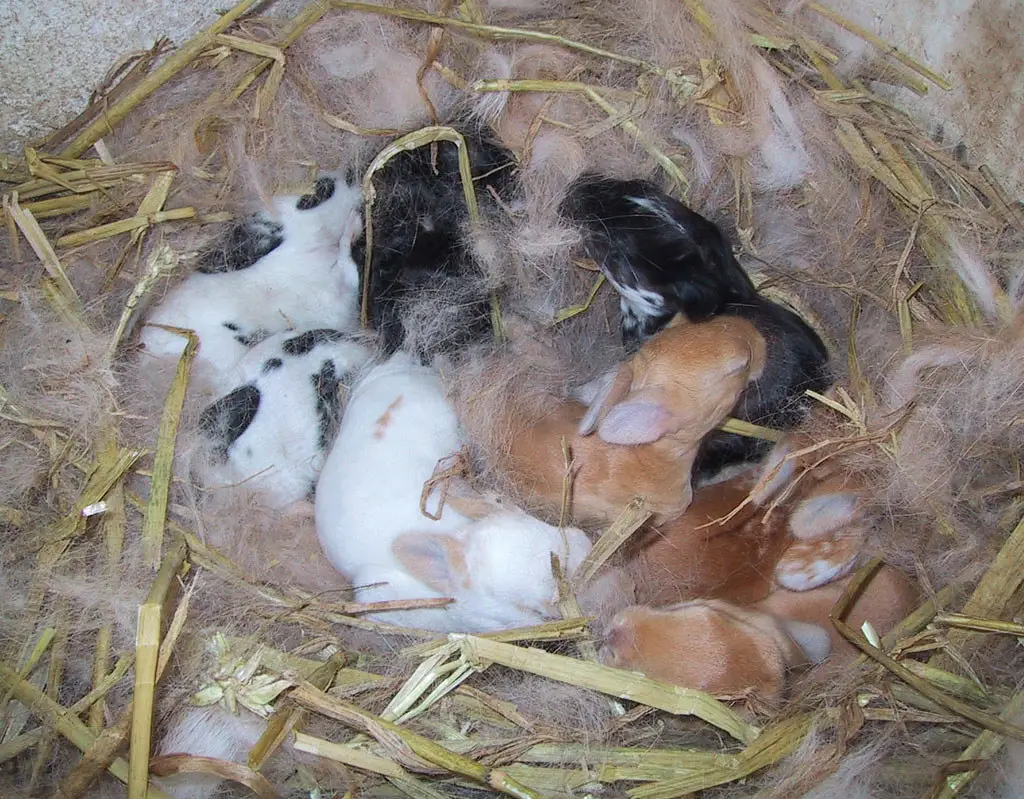
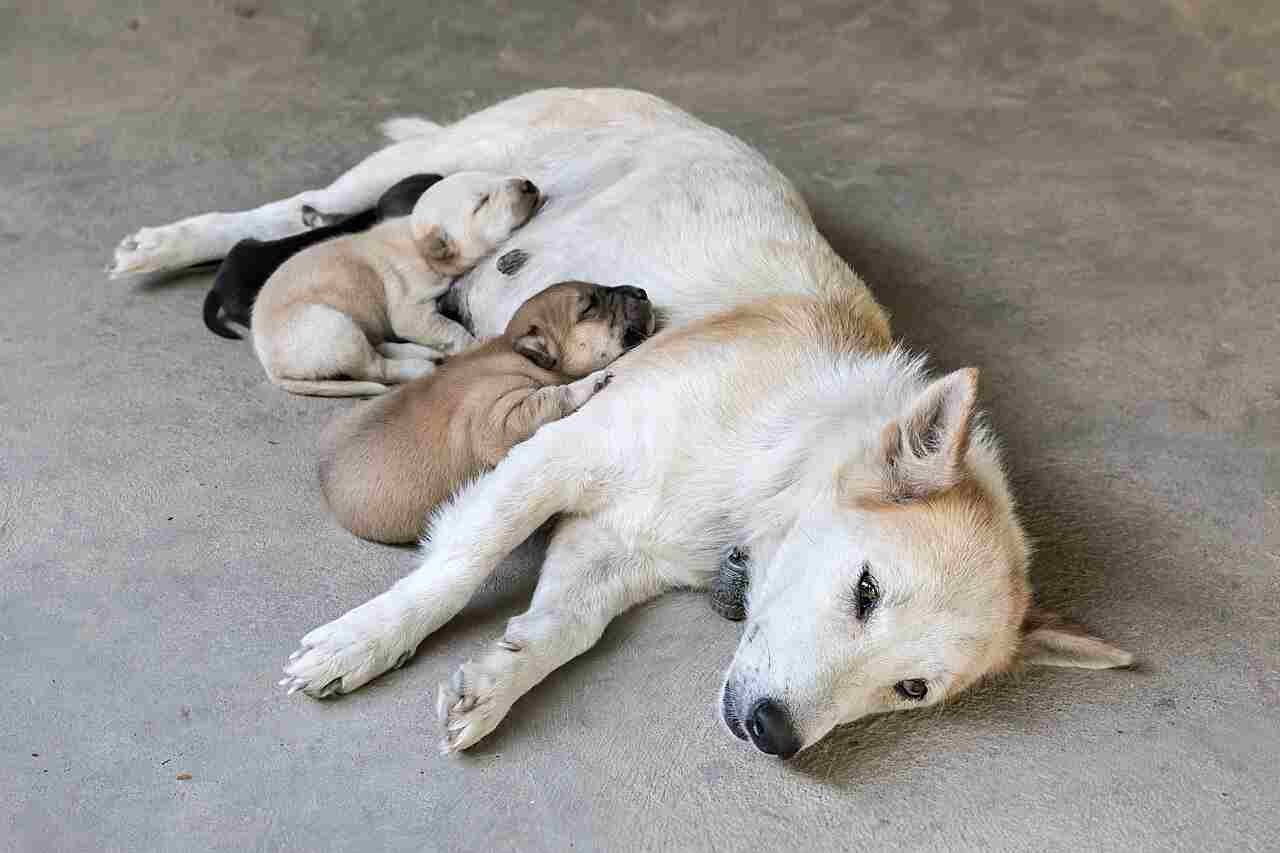
Rabbit:
Limited parental care; mothers nurse and protect young in burrows.
Young are self-sufficient quickly after birth.
Dog:
Varied parental behaviors; some breeds exhibit strong maternal instincts, while others require more human intervention.
Human influence often plays a significant role in raising domestic dog pups.
Ecological Implications:
Rabbit’s minimal parental care aligns with their survival strategy of producing many offspring.
Dog parental behavior can vary widely based on breed and domestication, affecting the well-being of the young.
20. Proximity to Human-Inhabited Areas
Rabbit:
Can adapt to urban environments but often prefer natural habitats.
May be considered pests in agricultural settings.
Dog:
Domesticated and commonly kept as companions, leading to close proximity to human dwellings.
Roles include companionship, working, or guarding homes.
Ecological Implications:
Rabbit adaptability to human-inhabited areas may result in altered foraging behaviors and increased exposure to urban risks.
Dogs’ close association with humans impacts ecosystems and local wildlife, especially in urban and suburban settings.
21. Behavior Toward Humans

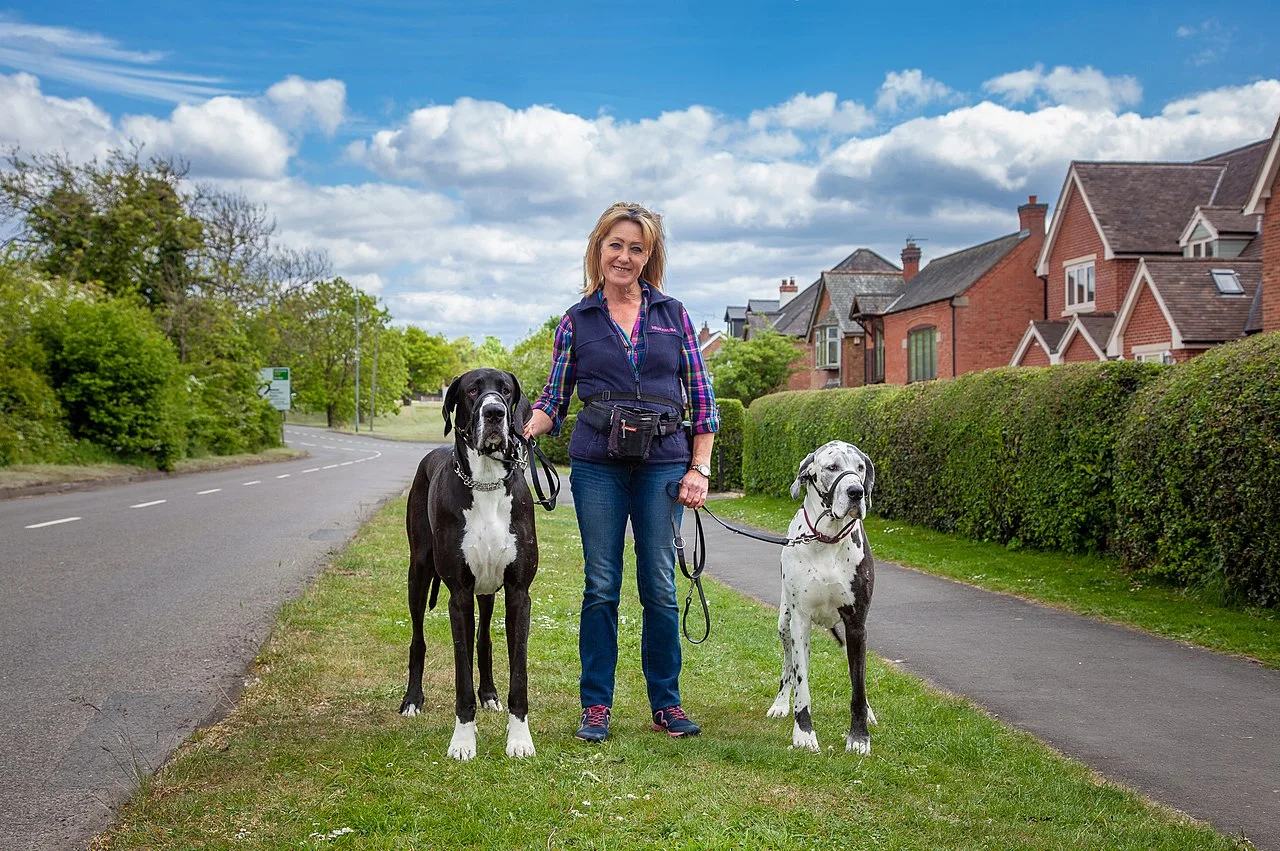
Rabbit:
Generally wary of humans in the wild; exhibit a flight response.
Domesticated breeds can be more tolerant but may retain some wild instincts.
Dog:
Domesticated for companionship; exhibit a range of behaviors from protective to affectionate.
Highly trainable, displaying strong bonds with humans.
Ecological Implications:
Rabbit behavior towards humans influences their vulnerability to predation and interactions in human-altered environments.
Dogs’ behavior towards humans reflects their roles as companions, working partners, or guardians in human societies.
22. Danger Posed to Humans
Rabbit:
Generally not dangerous to humans; may scratch or bite when threatened.
More of a nuisance in agricultural settings due to crop damage.
Dog:
Typically not dangerous when properly trained and socialized.
Some breeds, if not trained or mistreated, may pose a risk of aggression.
Precautions:
Rabbit: Avoid provoking wild rabbits to prevent defensive reactions. In domestic settings, handling with care is recommended.
Dog: Responsible ownership, training, and socialization are essential to prevent potential risks. Supervise interactions, especially with children.
23. Associated Precautions
Rabbit:
Precautions focus on preventing overpopulation and damage in agricultural areas.
In captivity, attention to proper diet and living conditions is necessary for their well-being.
Dog:
Health precautions include vaccinations, regular vet check-ups, and responsible breeding practices.
Behavioral precautions involve training, socialization, and secure containment to prevent accidents or aggression.
Conservation Status:
While rabbits are not typically endangered, conservation efforts may focus on preserving specific species or habitats.
Domestic dogs do not have a conservation status, but responsible ownership practices contribute to their well-being.
24. Conservation Status

Rabbit:
Conservation status varies by species; some may face threats due to habitat loss or predation.
European rabbits, for instance, are listed as near-threatened in some regions.
Dog:
Domestic dogs, as a species, are not considered endangered or threatened.
Conservation efforts related to dogs often involve responsible breeding, preventing overpopulation, and ensuring the welfare of individual breeds.
*Summary of Comparison
Taxonomy:
Rabbit: Order Lagomorpha, Family Leporidae, Genus Oryctolagus or Sylvilagus, Various Species
Dog: Order Carnivora, Family Canidae, Genus Canis, Species Canis lupus familiaris
Appearance:
Rabbit: Small, long-eared, fluffy tail, camouflaged fur
Dog: Diverse appearances based on breeds, selective breeding for specific purposes
Size:
Rabbit: Small to medium-sized (varies by species)
Dog: Varies widely among breeds, from small to large
Weight:
Rabbit: Typically 2 to 20 pounds
Dog: Varies from a few pounds to over a hundred pounds
Dentition and Bite Force (PSI):
Rabbit: Herbivorous dentition, low bite force
Dog: Carnivorous dentition, varying bite force among breeds
Physical Offensive Advantages:
Rabbit: Powerful hind legs for kicks
Dog: Varied offensive capabilities based on breed
Physical Defensive Advantages:
Rabbit: Excellent hearing, rapid movements
Dog: Alert senses, defensive behaviors vary
Speed:
Rabbit: Up to 35 mph
Dog: Varies widely among breeds, some exceeding 40 mph
Agility:
Rabbit: Exceptionally agile with quick, nimble movements
Dog: Agility varies by breed, influenced by roles
Senses:
Rabbit: Excellent hearing, wide field of view, keen sense of smell
Dog: Acute senses, including sharp hearing and strong sense of smell
Overall Physical Capacity:
Rabbit: Adapted for speed, agility, and evasion
Dog: Diverse physical capacities based on breed and roles
Habitat Preference(s) and Geographic Region:
Rabbit: Various habitats globally
Dog: Domesticated, adapting to human-inhabited areas globally
Tracks:
Rabbit: Small tracks with four toe pads
Dog: Paw prints vary widely among breeds
Lifespan:
Rabbit: 5 to 10 years (wild), influenced by predation
Dog: Varies widely by breed, influenced by genetics and size
Mode of Feeding:
Rabbit: Herbivores primarily consuming plants
Dog: Carnivores with omnivorous adaptations
Intelligence:
Rabbit: Limited problem-solving, social intelligence
Dog: Varies widely; some breeds highly intelligent and trainable
Social Behavior:
Rabbit: Social animals, territorial behavior
Dog: Highly social due to domestication, varying social structures
Mode of Reproduction:
Rabbit: Prolific breeders, short gestation
Dog: Varied reproductive patterns, longer gestation
Parental Behavior:
Rabbit: Limited parental care
Dog: Varied parental behaviors, influenced by breed
Proximity to Human-Inhabited Areas:
Rabbit: Adaptable to urban areas, considered pests in agriculture
Dog: Domesticated, close proximity to human dwellings
Behavior Toward Humans:
Rabbit: Generally wary, flight response
Dog: Domesticated for companionship, varying behaviors
Danger Posed to Humans:
Rabbit: Generally not dangerous, may scratch or bite when threatened
Dog: Typically not dangerous when properly trained and socialized
Associated Precautions:
Rabbit: Focus on preventing overpopulation and damage
Dog: Health and behavioral precautions for responsible ownership
Conservation Status:
Rabbit: Varies by species, conservation efforts may be needed
Dog: Domestic dogs are not considered endangered; conservation efforts focus on responsible breeding
Conclusion
I. Similarities:
Both rabbits and dogs are mammals, displaying a range of sizes, adaptations, and behaviors.
Their presence can influence ecosystems and human environments.
II. Differences:
Rabbits are prey animals with a focus on evasion, while dogs have diverse roles shaped by domestication.
Their ecological impacts vary, with rabbits contributing to plant control, and dogs influencing human-altered environments.
